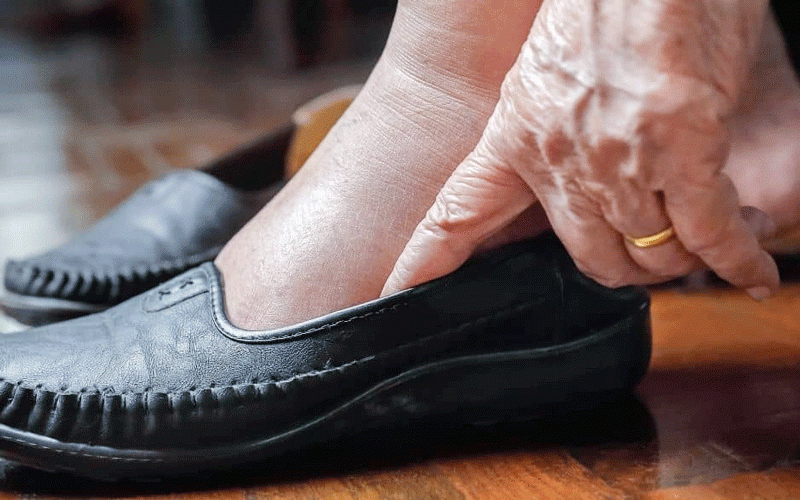
To clean and remove tough dirt and grime from asphalt glazed or unglazed ceramic tiles concrete flagstone and slate floors, make up a mixture as follows:
General Cleaning Mix ¼ cup of low foaming detergent, one cup ammonia, there is a popular brand of a hard surface cleaner available in 5-litre containers and sold from outlets at Avondale and Newlands, which does very well as an ammonia substitute. Mix these two ingredients in a bucket with five litres of cold water. Sweep the floor removing all dust and loose dirt. As always, wear gloves and ensure that you are working in a well-ventilated area. Working with a sponge mop apply mixture to the floor evenly, apply pressure as you scrub and ensure that the ingrained grime is coming away. You may repeat this until you are satisfied of the result achieved. Rinse with clean clear water and dry the floor with a soft dry mop to prevent the floor from drying with streaks.
Maintenance tips
Asphalt tile floorsThis is generally hard wearing and tough and won’t retain the indentation of heavy chairs and tables, but is susceptible to damage from grease, oil, paraffin, turpentine and even strong chemical-based detergents. This type of floor responds well to frequent damp mopping and a thorough scrubbing once a week. When cleaning, take care not to flood the floor with water as this may loosen the edges. Heel marks and any indentations are easily removed by rubbing gently with the finest grade steel wool (yes you have it, for your pots) dipped in wax polish, and then wipe with a dry cloth.
Brick floorsAfter cleaning and mopping as discussed under general maintenance, wax the floor and then buff to a high shine. Daily damp mopping after sweeping will prevent dirt building up and using a cup of vinegar in your final rinsing water will give your floors a shine and you may not even need to wax them.
Ceramic floorsGlazed ceramic tiles are shiny and stain proof and so easy to manage. The unglazed ceramic tiles are porous and must be sealed to avoid staining. New tiles need to be sealed with a commercial sealer and a water-based wax polish. Ceramic tiles have contributed a great deal to the ease with which homes can be kept sparkling clean, just a few things to remember:
Avoid harsh abrasive cleaning agents that may scratch the glaze.
- Chamisa under fire over US$120K donation
- Mavhunga puts DeMbare into Chibuku quarterfinals
- Pension funds bet on Cabora Bassa oilfields
- Councils defy govt fire tender directive
Keep Reading
Do not clean unglazed tiles with acids or strong abrasive detergents not even our old standby the vinegar!
Damp mop with a general all purpose cleaner, rinse with clear water and dry with a dry cloth or mop to avoid streaking.
Add sparkle to ceramic tile walls and counter tops by rubbing the tile with car wax . Buff with a clean dry cloth after 10 minutes.
Once every three months strip the wax build up on unglazed ceramic tiles and re-wax.
Next week we look at other types of flooring.











